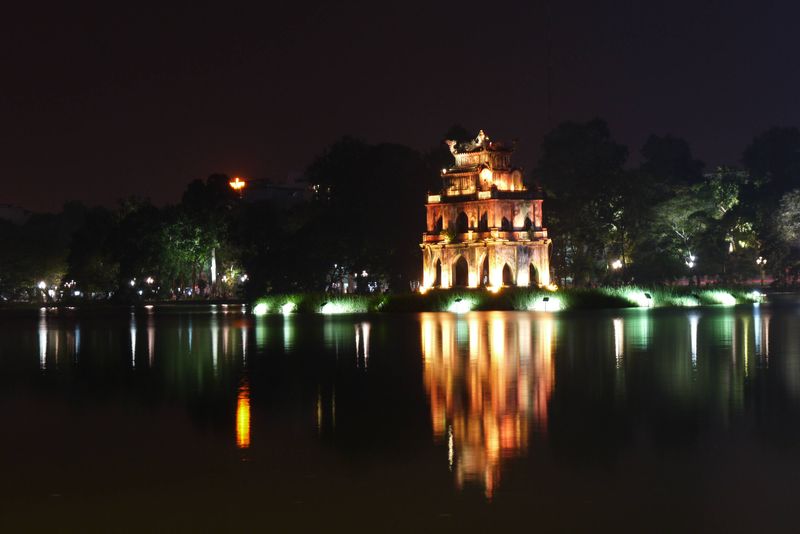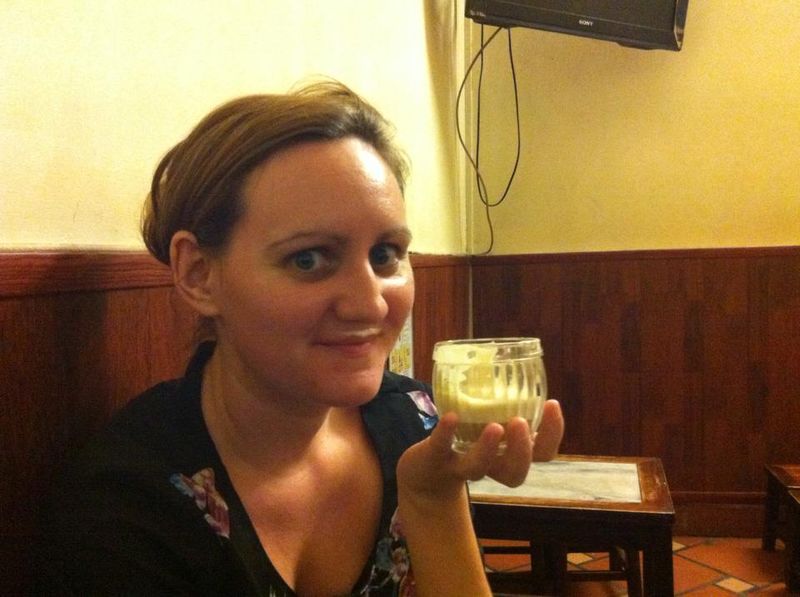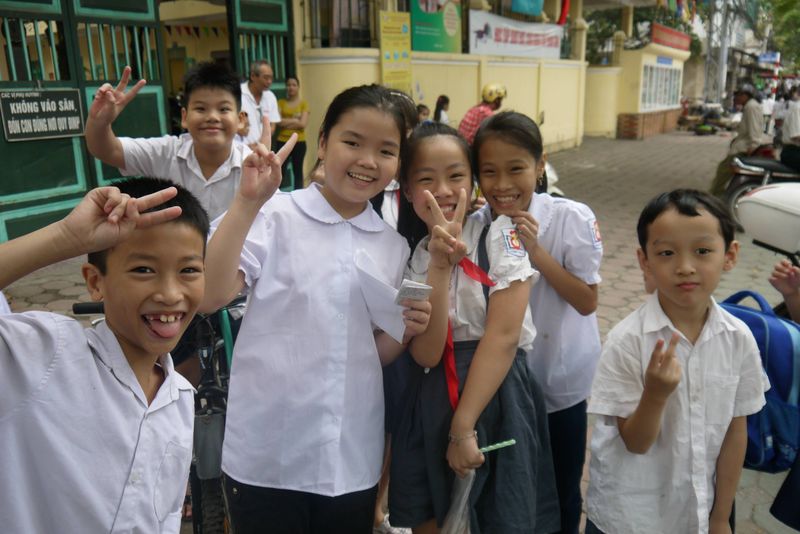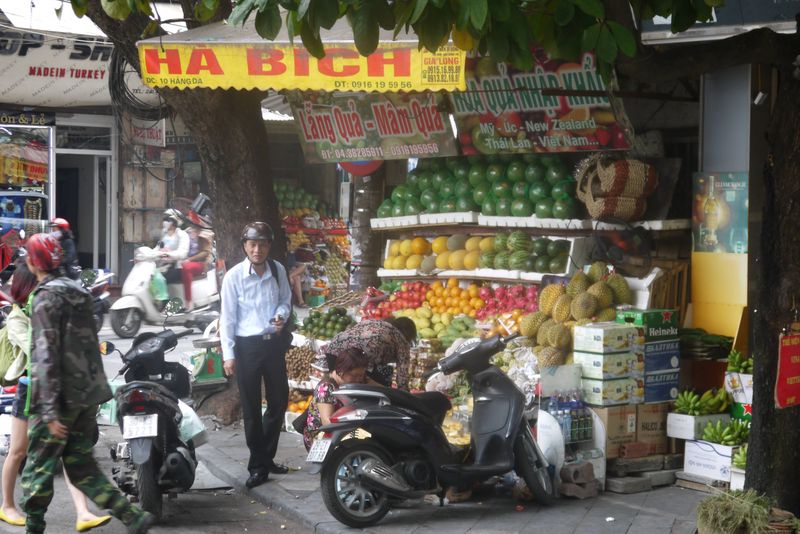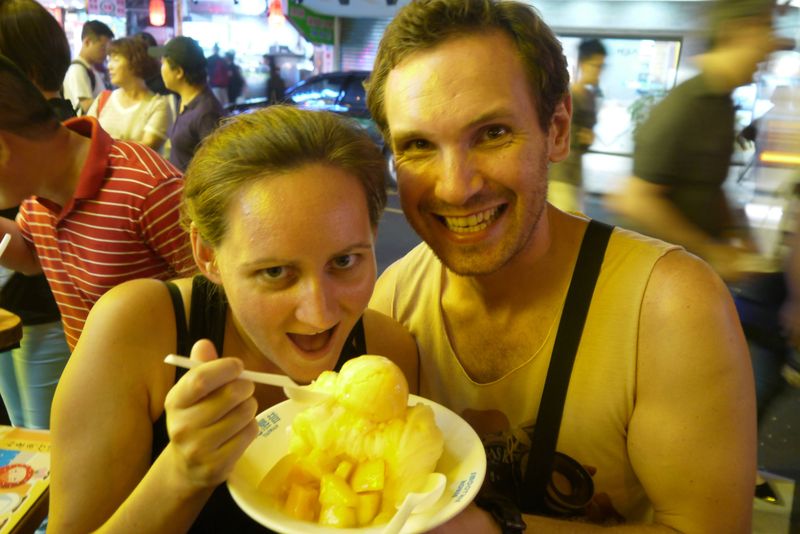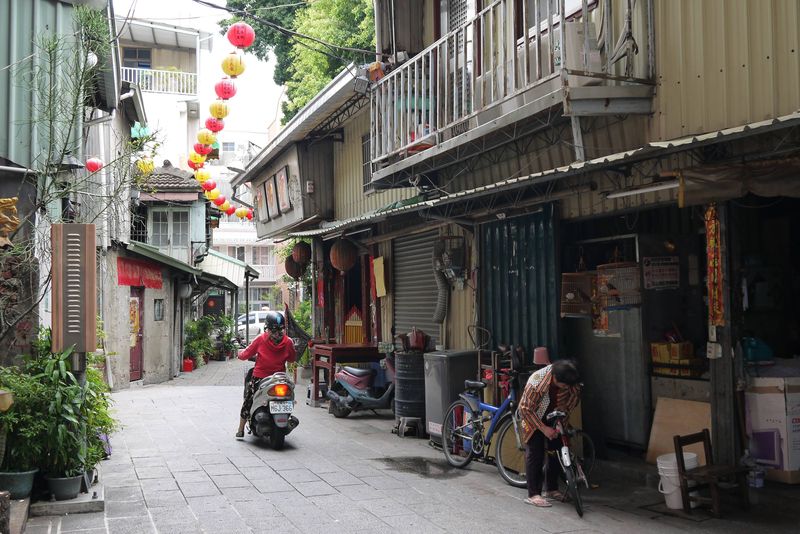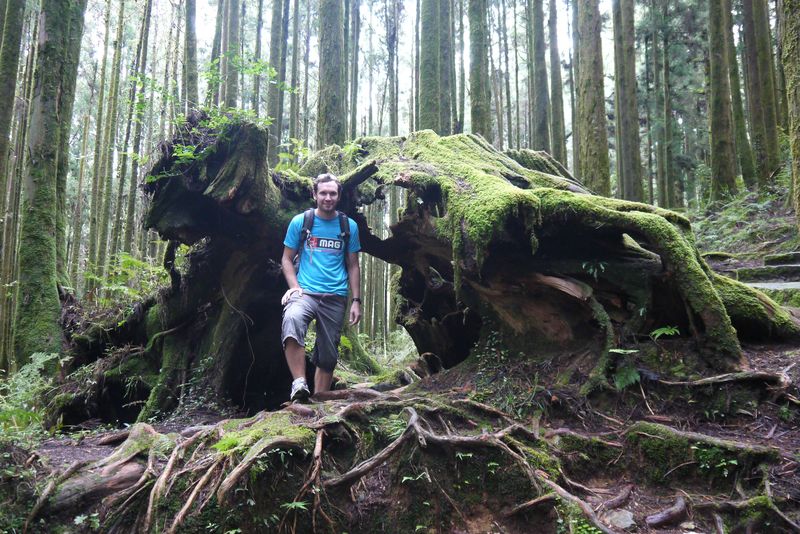Lake Life
Through the early-morning haze, against a backdrop of exhaust fumes, beeping horns and music piped through loud speakers, you can spot the morning exercise crowd gathering around Hoan Kiem Lake in Hanoi. Shuttlecocks sail back and forth, runners diligently circle the water’s edge, groups of lycra-clad women bust out aerobic moves and bizarrely, couples can be seen practising their waltz. For lack of green space in this city, Hanoians have made the lake into their oasis of calm amid the chaos of life in the Capital. 22 November, 2014 / 16 Comments





